1. Introduction to the Pullet Cage System
A Pullet Cage System is a specialized housing solution designed for raising young layer chickens (pullets) from day-old chicks until they reach maturity and transition into layer cages. These systems are engineered to create a controlled environment where pullets can grow uniformly, safely, and efficiently, ensuring proper development before entering the laying phase.
Modern pullet cage systems are built with high-strength galvanized steel, optimized feeding lines, reliable watering systems, and efficient manure removal mechanisms. They support high-density rearing, precise environmental control, and excellent biosecurity, significantly reducing mortality and improving flock quality.
A well-designed system leads to:
Consistent body weight growth
Uniform pullet development
High maturity rate
Early and stable peak egg production
The pullet period is one of the most critical stages in poultry production, and a professional pullet cage system directly influences the efficiency of the entire layer operation.
2. Technical Specifications of Pullet Cage Systems
Although specifications vary by manufacturer, below are typical parameters used in Commercial Pullet Cages.
2.1 Cage Dimensions
Cage Width | 1200–1400 mm |
Cage Depth | 500–600 mm |
Cage Height | 380–420 mm |
Tiers | 3–4 tiers (expandable to 5+) |
Aisle Width | 700–1000 mm |
2.2 Bird Capacity
0–6 weeks | 40–60 birds | 50–80 |
6–12 weeks | 24–30 birds | 18–25 |
2.3 Material & Coating
Hot-dip galvanized steel (275–350 g/m² zinc coating)
Electro-galvanized wire mesh
Stainless steel nipples for drinking lines
Polypropylene feeding trough (UV-resistant)
2.4 Feeding System
Chain feeding line or pan feeding system
Feed window height adjustable
Feed delivery via motor-driven hopper
Uniform feed distribution across tiers
2.5 Watering System
2.6 Manure Removal System
PP manure belt (1.0–1.2 mm thickness)
Belt scraper or roller system
Optional drying fan for moisture control
2.7 Lighting System
3. Key Features of the Pullet Cage System
3.1 High-Density Rearing Efficiency
The structure maximizes space usage and supports large flock management with reduced land and facility costs.
3.2 Optimized Growth Environment
Stable climate
Balanced feed consumption
Controlled light programs
Uniform access to feeders and drinkers
3.3 Wire Mesh Design to Prevent Injury
3.4 Clean & Hygienic Management
3.5 Modular and Expandable
Systems can be expanded horizontally or vertically, with automated systems easily integrated.
3.6 Improved Biosecurity
3.7 Low Maintenance & Long Lifespan
Galvanized steel ensures corrosion resistance for up to 15–20 years.
4. Advantages of Using a Pullet Cage System
4.1 Better Uniformity of the Flock
Growing pullets with similar weight ensures:
4.2 Reduced Mortality and Stress
Controlled environment avoids:
4.3 Precise Feed and Water Efficiency
4.4 Lower Operating Costs
Automation reduces labor costs significantly.
4.5 Better Training for Future Layer Hens
Pullet cages prepare birds for:
Ensuring they transition smoothly into production cages.
5. Application Scenarios
5.1 Commercial Layer Farms
Large-scale farms benefit from high-density, fully automated pullet growing systems.
5.2 Breeder Farms
Maintains precise growth standards to support breeding performance.
5.3 Small and Medium Poultry Houses
Modular systems suit varied barn layouts.
5.4 Climate-Controlled Closed Houses
Pullet cages pair perfectly with automated:
Ventilation
Cooling
Heating
Lighting
5.5 Multi-Age Poultry Farms
Segregated tiers allow separate age groups within the same facility.
6. Operating Instructions
6.1 Installation Guidelines
Ensure level ground and stable base structure.
Align cage rows with ventilation flow direction.
Install water lines after cage frames to avoid damage.
Test lighting and feeding systems before bird placement.
Sanitize all equipment thoroughly.
6.2 Bird Placement
Use brooders or heating plates for chicks (0–2 weeks).
Maintain flock density according to growth stage.
Gradually adjust nipple height as birds grow.
6.3 Feeding Management
Use chick starter feed for early weeks.
Increase feed window height as pullets grow.
Maintain consistent feed delivery speed.
6.4 Water Management
Flush water lines weekly.
Adjust pressure regulators regularly.
Ensure nipple functionality daily.
6.5 Lighting Programs
0–6 weeks: 20–22 hours light for brooding.
6–12 weeks: Gradually reduce to 8–10 hours.
12–16 weeks: Keep stable until transfer to layer cages.
6.6 Manure Removal
Run manure belts every 1–3 days.
Keep scrapers aligned and tensioned.
Prevent manure buildup to reduce ammonia.
7. Maintenance & Safety Guidelines
7.1 Regular Inspections
Check feeders, drinkers, and cage mesh weekly
Inspect belts and rollers for wear
7.2 Cleaning Protocol
7.3 Equipment Safety
8. How to Select a Pullet Cage System
8.1 Consider Flock Size & House Layout
8.2 Automation Level
Choose based on budget:
8.3 Material Quality
Prefer:
Hot-dip galvanized steel
Anti-corrosion wire mesh
UV-protected PP troughs
8.4 Environmental Adaptation
9. Frequently Asked Questions (FAQ)
Q1: At what age should pullets move to layer cages?
Typically between 15–18 weeks, depending on body weight and maturity.
Q2: How many birds can one cage hold?
A typical cage holds 24–60 birds, depending on age.
Q3: Do pullet cage systems require heating?
Yes, for the first 2–3 weeks, brooders or heaters are essential.
Q4: How often should manure belts be cleaned?
Every 1–3 days is recommended to reduce ammonia and fly pressure.
Q5: What lighting is best for pullets?
Dimmable LED poultry lights with programmable timers.
Q6: Can pullet cages be used in open-sided houses?
Yes, but performance improves with controlled environment systems.
Q7: What is the lifespan of a pullet cage system?
With hot-dip galvanization, 10–20 years of service life is typical.
10. Conclusion
A Pullet Cage System is a foundational investment for any commercial layer or breeder farm. By ensuring uniform growth, strong immunity, and optimal development of pullets, these systems directly influence future laying performance and overall farm profitability.
Company Profile
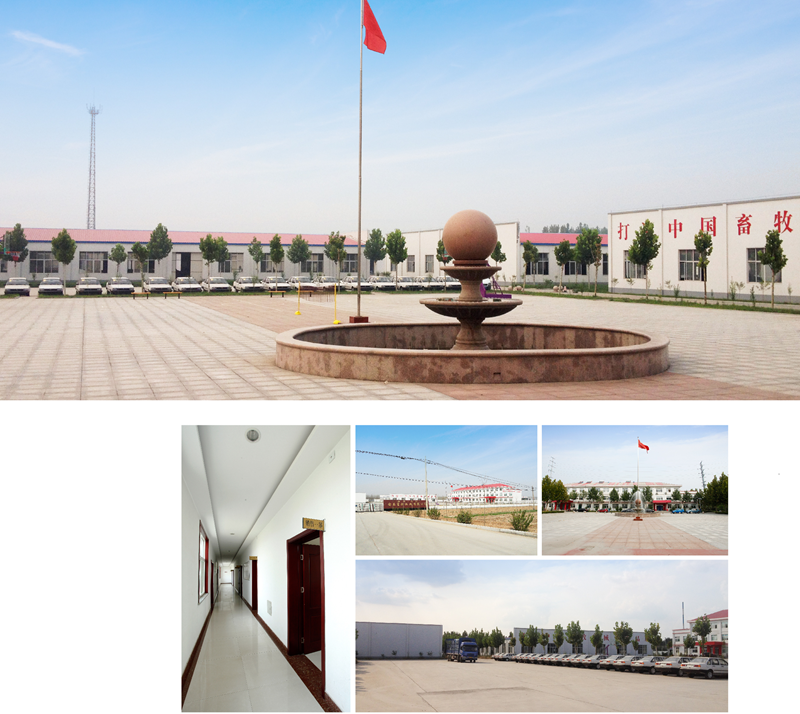
Shandong Huimin Qinle Livestock Machinery Co., Ltd. (formerly Shandong Huimin Qinle Livestock Machinery Factory) is a professional poultry equipment manufacturer with over 20 years of experience. We offer a comprehensive service package, from design (land and chicken coops), production (equipment and prefabricated steel coops), installation, commissioning, customer training, and after-sales service.
Located in Huimin County, Binzhou City, Shandong Province, China, the company has extensive experience in mechanical processing and manufacturing, as well as livestock machinery production and operation. With fixed assets of RMB 15 million, the company employs 160 people, including 30 R&D staff, and occupies a 40,000-square-meter factory. Equipped with over 110 pieces of advanced precision production equipment, including CNC machining centers and laser cutting machines, the company boasts a production capacity of RMB 50 million.
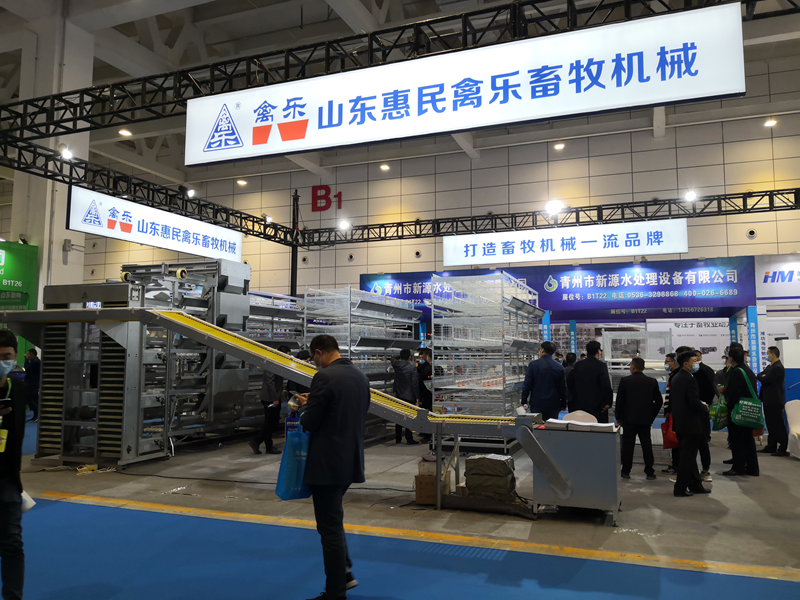


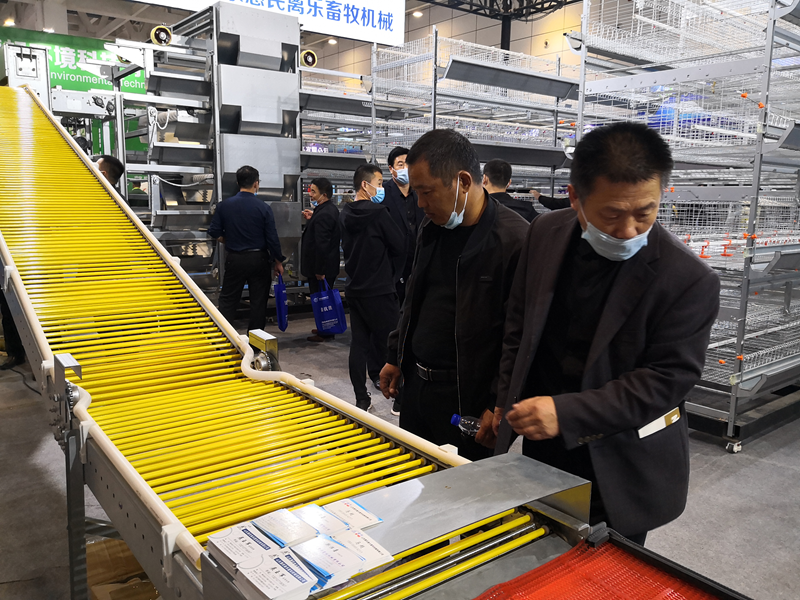
Chicken Farming Equipment Mesh Production Workshop

Machining Workshop

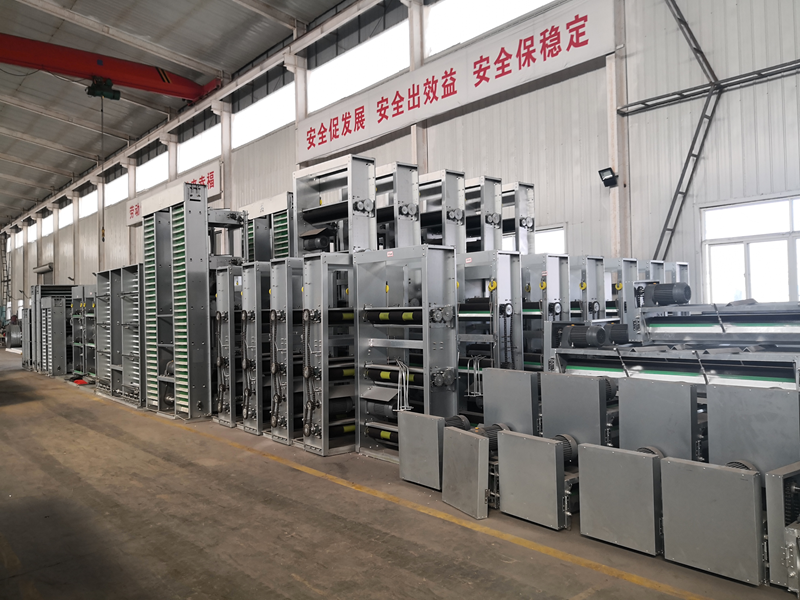
Turret-type CNC Punch Press, Laser Cutting and Other Machining Equipment



Fully Automated Roll Forming Production Line

Hot-dip Galvanizing Production Line

Electroplating Production Line

Environmental Protection Equipment

Chicken Farming Equipment Product Series
Egg-laying Hen Farming Equipment
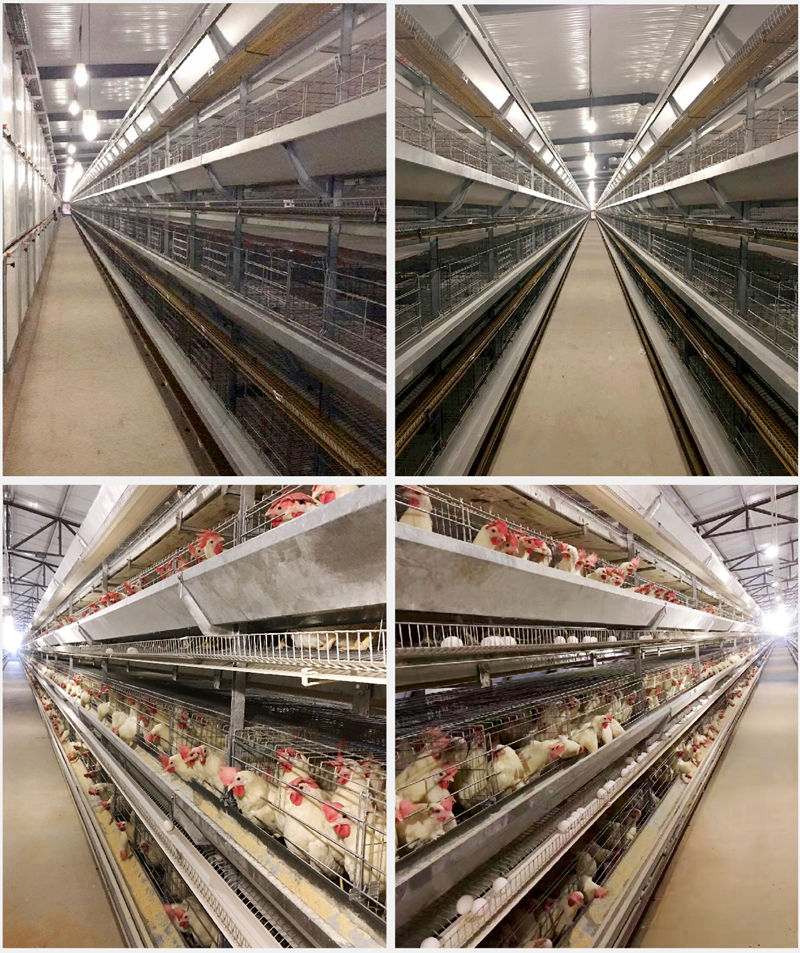
Stacked Brooding Cage Equipment

Stacked Broiler Cage Equipment
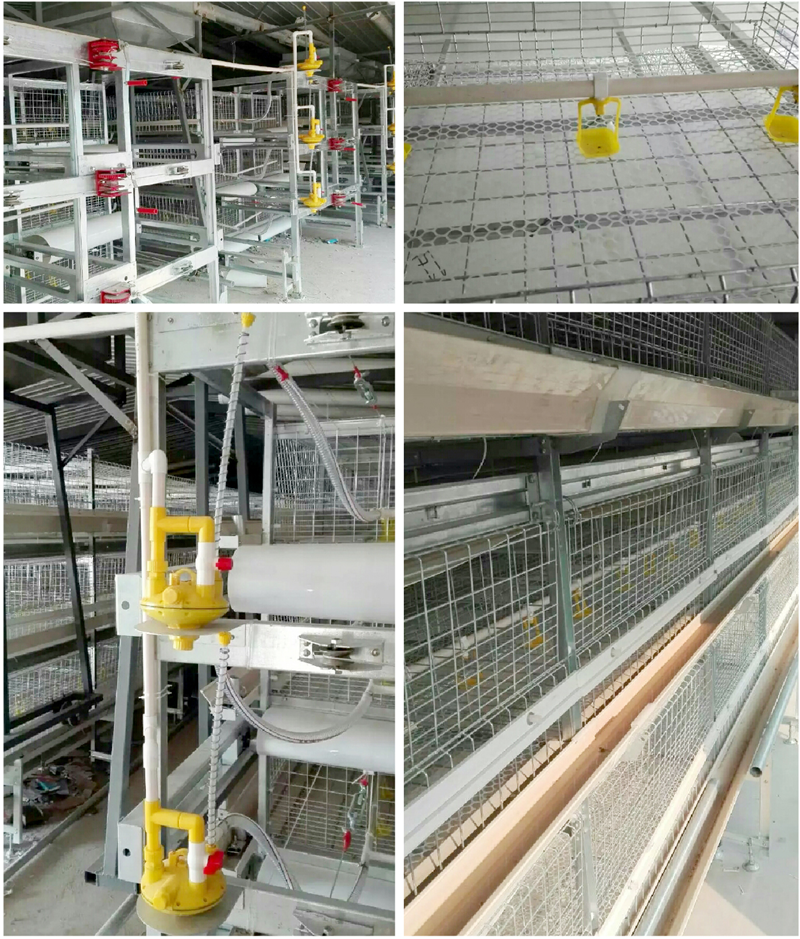
Stepped Layer Hen Cage Rearing Equipment
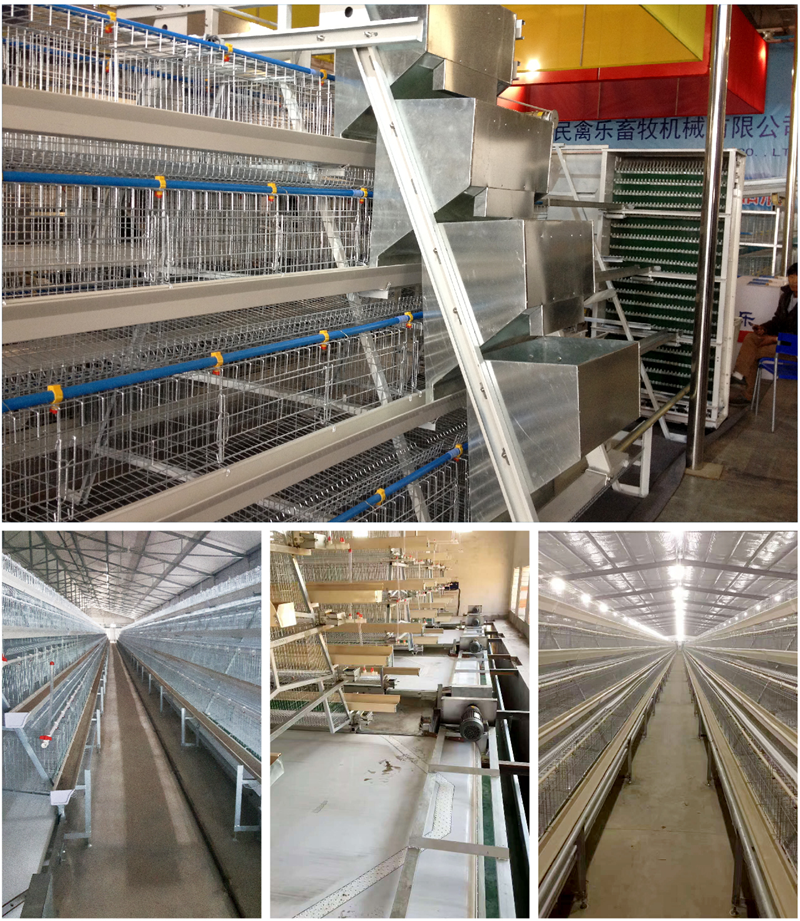
Automatic Egg Collection System

H-type Cage Feeding Machine
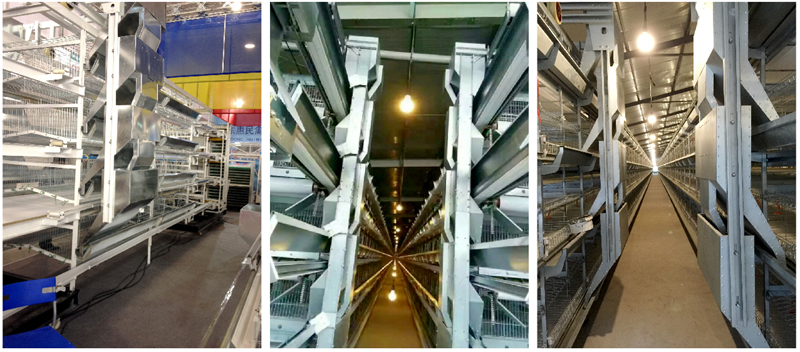
Stepped Cage Straddle Feeder
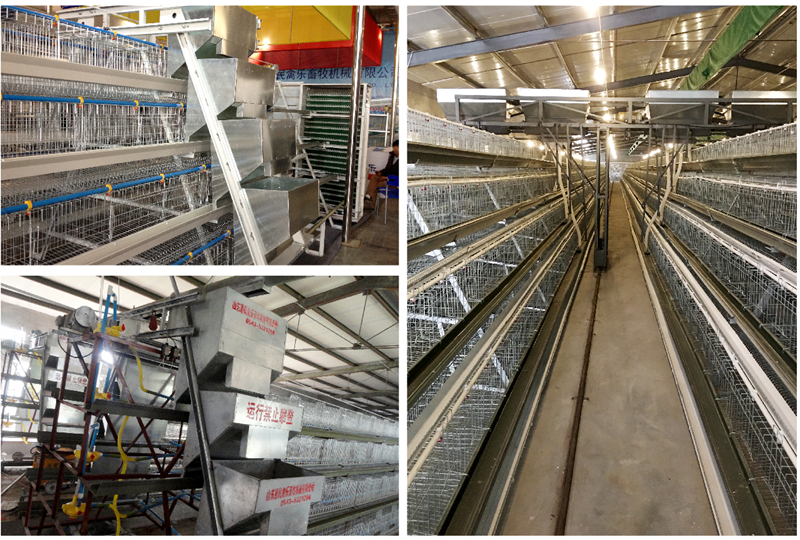
Manure Removal Machine

Fans, Heated Curtains, Environmental Control Systems, and Lighting Equipment
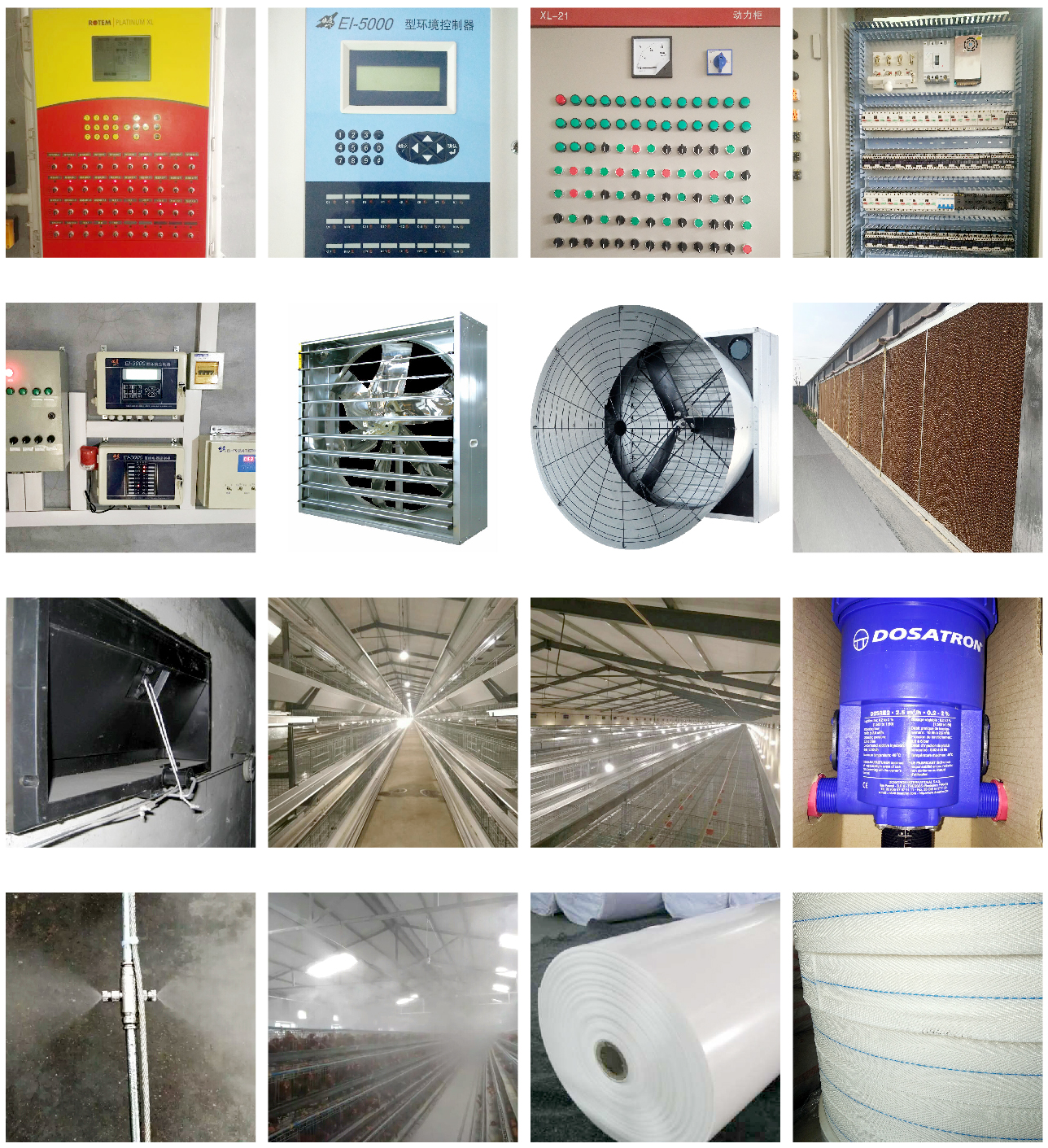
Complete Set of Equipment for Organic Fermentation Treatment of Manure


 Catalogue
Catalogue































 Whatsapp
Whatsapp Telefon
Telefon